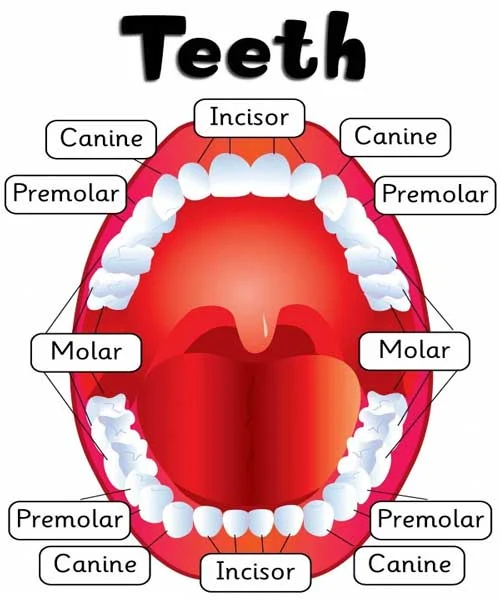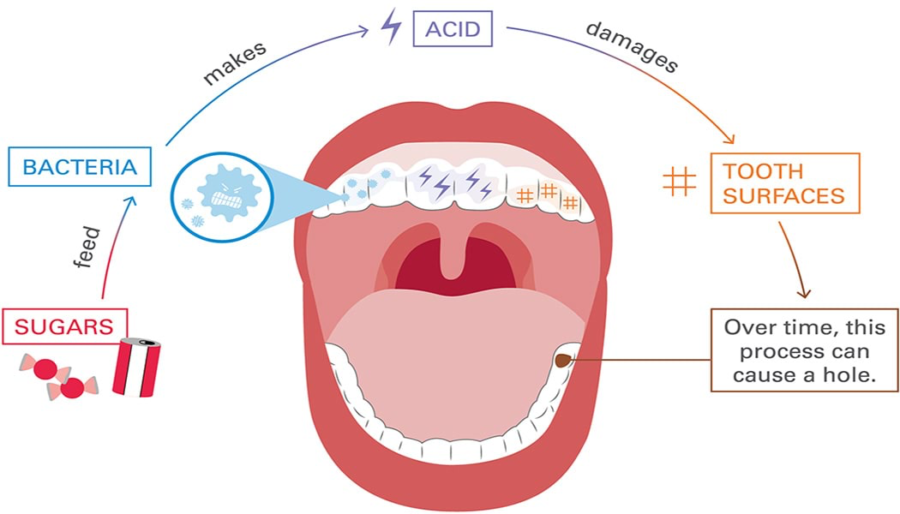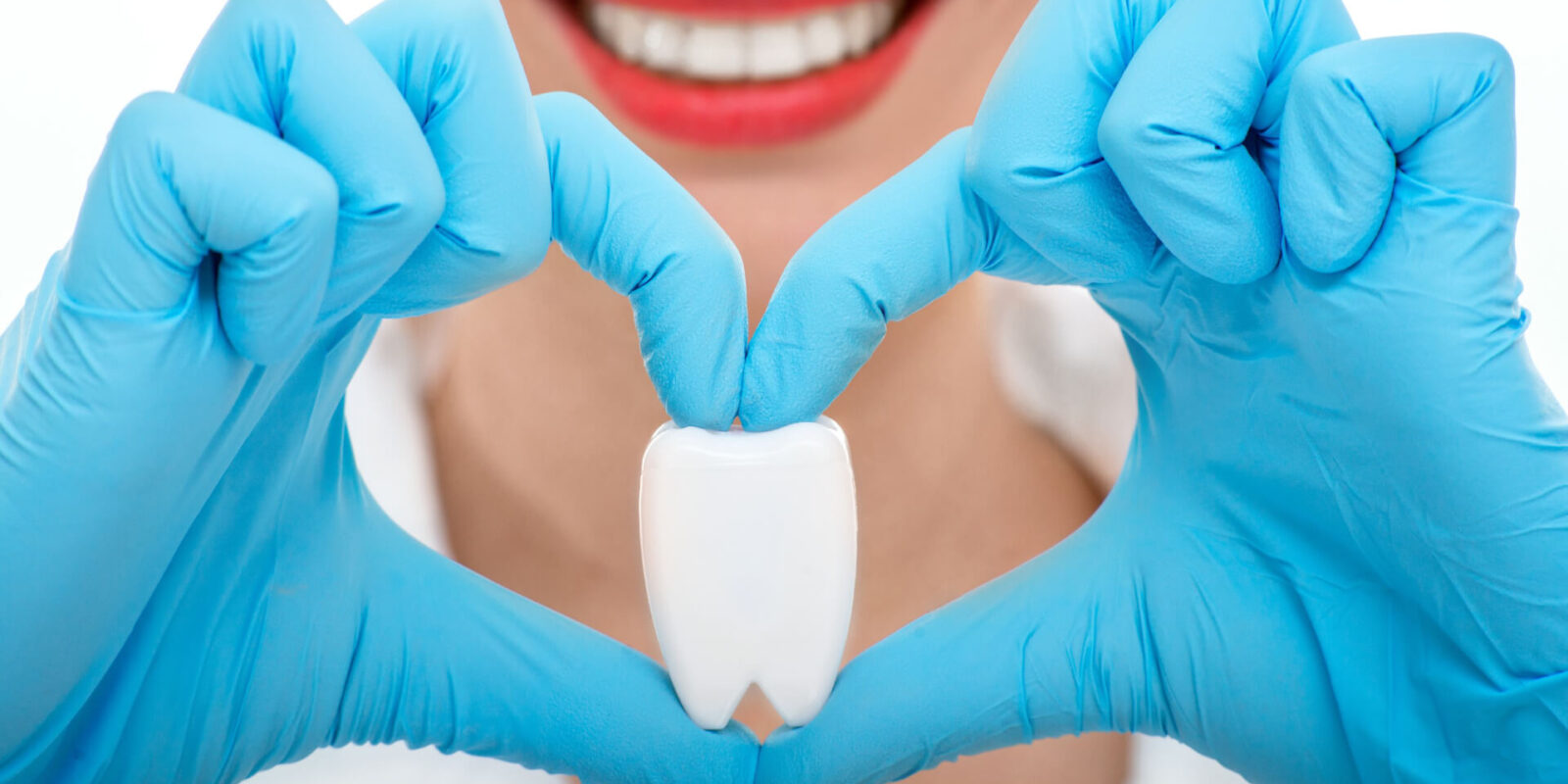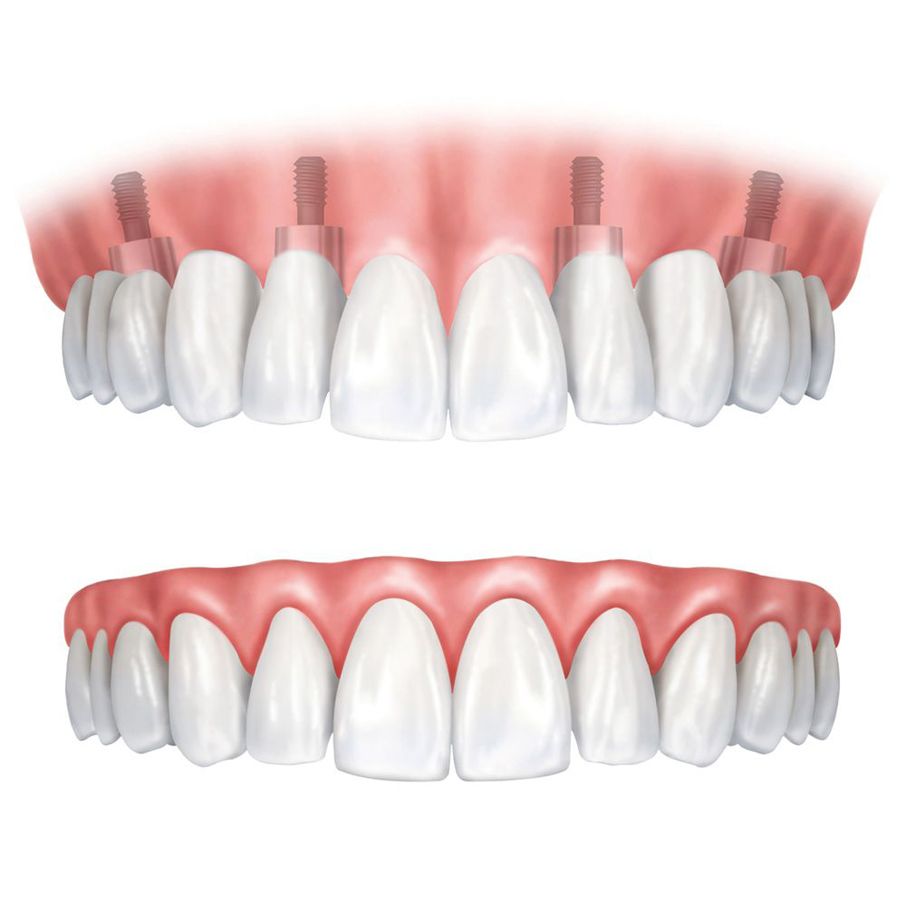The bicuspid is a hidden gem in the complex world of dental health that is essential to our smiles. The bicuspid, which is frequently overlooked in favour of nearby teeth, silently performs vital tasks that support our general dental health. Come along on an exploration as we solve the puzzles around this underappreciated dental hero.
Understanding Dental Anatomy
To begin exploring the complexities of dental anatomy, one must first understand the larger picture, or the human dentition. There is an amazing variety of teeth in our mouths, and each one plays a different part in the overall harmony of oral function.

The dentition may be generally divided into two groups: the permanent dentition, which is the set of teeth that erupts as we age, and the primary dentition, which is made up of the initial set of teeth that erupt during childhood. There are twenty teeth in the primary dentition and usually thirty-two teeth (including wisdom teeth) in the permanent dentition.
This variety of teeth works together in harmony to support essential activities, including speaking, chewing, and biting. Knowing the dentition’s makeup is essential to understanding the distinct functions of each kind of tooth.
Types of Teeth and Functions | Dental health
| Teeth | Location | Function |
|---|---|---|
| Incisors | Front and center, these are the four teeth in the middle of the upper and lower jaws. | Primarily used for cutting and biting into food, incisors play a crucial role in the initial stages of digestion. |
| Canines | Positioned next to the incisors, canines are the pointed teeth. | Canines are designed for tearing and grasping, making them essential for processing a variety of food textures. |
| Premolars (Bicuspids) | Situated between the canines and molars, bicuspids have two pointed cusps. | Bicuspids contribute to the grinding and tearing of food, bridging the gap between the tearing action of canines and the grinding function of molars. |
| Molars | Positioned at the back of the mouth, molars are larger, flatter teeth. | Molars are the workhorses for chewing, efficiently grinding, and crushing food to facilitate the digestive process. |
Role of Molars, Incisors, Canines, and Bicuspid in Oral Health
| Teeth | Oral Health Role |
|---|---|
| Incisors | Incisors, with their cutting function, initiate the breakdown of food into manageable pieces. Proper incisor function supports effective chewing and digestion. |
| Canines | Canines contribute to the tearing and breaking down of tougher textures, preventing excessive strain on other teeth. Their role is crucial in maintaining a balanced oral environment. |
| Premolars (Bicuspids) | Positioned strategically between canines and molars, bicuspids combine tearing and grinding functions. Their role in oral health involves transitioning from tearing to more thorough grinding, facilitating the digestive process. |
| Molars | Molars, with their extensive surface area and grinding function, play a pivotal role in the final stages of food processing. Proper molar function ensures efficient digestion and nutrient absorption. |
What is a Bicuspid?
Premolars, or bicuspids, are an important class of teeth in human dentition. As the name implies, these teeth are distinguished by having two separate cusps or points on their chewing surface. Bicuspids, which are positioned between the incisors and molars, are essential to the oral cavity’s general health.
Characteristics:
Cusps: The defining feature of bicuspids is their two cusps, which differentiate them from other types of teeth.
Shape: Bicuspids typically have a flatter surface compared to the pointed canines and are larger than incisors.
Function: The primary function of bicuspids involves the grinding and tearing of food, contributing to the initial stages of digestion.
Location in the Dental Arch
Understanding the precise location of bicuspids within the dental arch provides insight into their functional role within the broader context of oral health.
Upper Arch:
- In the upper dental arch, there are a total of eight bicuspids.
- Two bicuspids are located on each side (left and right) in both the maxillary (upper) right and left quadrants.
Lower Arch:
- The lower dental arch also houses eight bicuspids.
- Similar to the upper arch, there are two bicuspids on each side in both the mandibular (lower) right and left quadrants.
Positioning:
Bicuspids are strategically positioned between the canines and molars in both the upper and lower dental arches. This strategic placement allows them to complement the functions of adjacent teeth, contributing to the efficient processing of different food textures.
While the term “bicuspids” is widely used, these teeth are also known by alternative names that highlight different aspects of their anatomy or function.
Premolars: The term “premolars” emphasises their position in the dental arch, coming before the molars.
Bicuspid Teeth: This name directly refers to the two cusps characteristic of these teeth.
Transitional Teeth: Bicuspids are often referred to as transitional teeth, indicating their role in transitioning from tearing (canines) to grinding (molars) during the chewing process.
Maintaining Bicuspid for Optimal Dental Health
Oral Hygiene Tips for Bicuspids
Your bicuspids, like the unsung heroes they are, deserve proper care to ensure they fulfill their essential roles in oral health. Here are some oral hygiene tips specifically tailored for maintaining the well-being of your bicuspids:
Thorough Brushing: Use a soft-bristled toothbrush to gently clean your bicuspids. Employ a fluoride toothpaste, applying the recommended pea-sized amount to ensure effective cleaning.
Mindful Technique: Pay attention to your brushing technique, using gentle circular or back-and-forth motions to clean the surfaces of your bicuspids. Angle your toothbrush at a 45-degree angle towards the gumline to reach hidden areas.


Flossing Finesse: Regular flossing is essential to remove plaque and debris from between your bicuspids. Consider using dental floss, dental picks, or interdental brushes to navigate the spaces between your teeth effectively.
Antimicrobial Rinse: Incorporate an antimicrobial or fluoride mouthwash into your routine to further protect your bicuspids and the surrounding teeth.
Avoiding Harmful Habits: Steer clear of habits like nail-biting or using your teeth as tools, as these can potentially damage your bicuspids and compromise their function.
Regular Dental Check-Ups and Cleanings
Routine dental check-ups are the backbone of preventive care, ensuring the longevity and health of your bicuspids. Dr. Chirag Chamria of Royal Dental Clinics emphasizes the importance of regular dental visits:
Schedule dental check-ups at least twice a year to allow your dentist to monitor the condition of your bicuspids and address any emerging issues promptly. Professional cleanings performed by dental hygienists are crucial for removing plaque and tartar buildup that regular brushing and flossing may miss.

X-rays may be recommended to get a comprehensive view of your dental health, including the condition of your bicuspids beneath the surface. Regular check-ups enable early detection of potential problems, allowing for conservative and less invasive interventions.
Dietary Considerations for Strong and Healthy Bicuspids
The adage “you are what you eat” also applies to dental health. In order to support robust and healthy bicuspids, Dr. Chamria advises taking into account the following dietary recommendations: To ensure general oral health, eat a balanced diet full of important minerals, including calcium, phosphorus, and vitamin D.
Eat fewer sugary and acidic meals and drinks since they can erode and cause tooth damage. Drink enough water to stay well-hydrated, since this promotes both general health and the health of the environment in your mouth. Eat fewer snacks in between meals to lessen the likelihood that your bicuspids and other teeth may be attacked by acid.
Conclusion
As we come to the end of our investigation into the world of bicuspids, Dr. Chirag Chamria offers some closing remarks. He concludes by reflecting on the complex dance between form and function and providing readers with a satisfying smile that perfectly captures the spirit of these amazing teeth. Keep in mind that the first step towards having a healthy smile is realizing how important each tooth is to your dental ensemble. Within the oral health grand symphony, the bicuspid valve performs a crucial, although sometimes disregarded, role.






